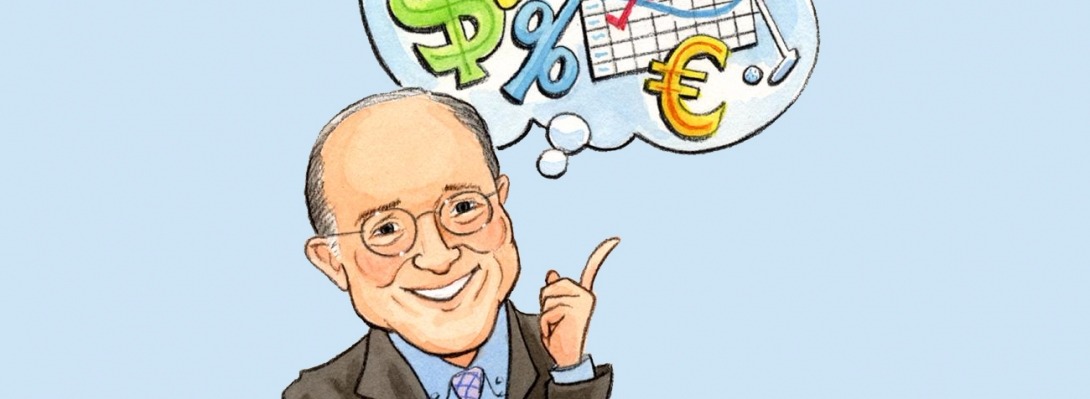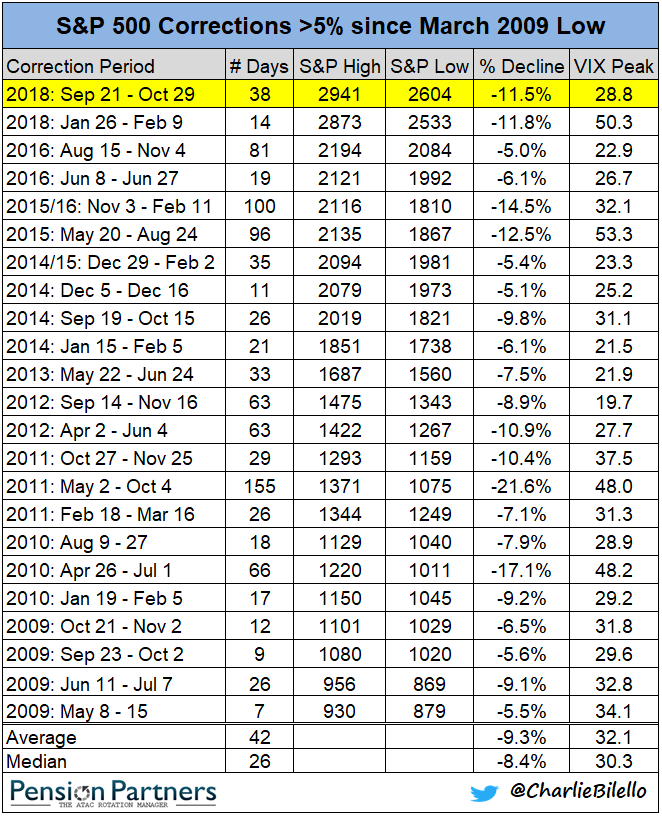February 16, 2023
It’s not easy for a financial professional to avoid feeling at least mild annoyance at the politics of raising (or not) the debt ceiling, because the whole discussion seems to take place in an absence of understanding or facts. What most people know is that the U.S. has reached its debt limit again (roughly $31 trillion), which means that the Treasury Department has borrowed as much as is allowed by the last debt ceiling measure by Congress — an amount that is entirely arbitrary, and which has been raised almost 80 times since 1960.
What is not always understood is that Congress authorized every penny of the amount that the government has committed to spend over the next year, so the debate is really about whether it will actually meet those obligations. Put another way, to show how senseless this is, the government is authorized by Congress to spend a certain amount of money on operations, interest payments, the military and a thousand other things; but periodically, it also has to get permission from Congress to obtain the money to pay for the amount that was authorized. Got that?
And what, exactly, is the debt? The government raises its money from taxes, supplemented by debt in the form of government bonds—Treasury bonds and bills. By incurring debt, the government is actually creating investment opportunities for individuals, companies and other governments.
In addition, one of the burdens borne by the country that issues the world’s reserve currency is that it has to maintain a constant budget deficit—and issue those bonds—because that ultimately provides the global marketplace with the currency that is used for billions of transactions between entities (individuals and companies) that use different currencies. For example, nearly all the oil that is purchased around the world is bought with dollars. If there is a shortage of those dollars, it would throw sand in the gears of the world economy and people would eventually look for another reserve currency.
Finally, the debt ceiling is not a hard barrier, where one day the government is in default. As you read this, the U.S. Treasury Department is slowing down payments that it is obligated to make in what it deems to be inessential areas, like contributions to government employee retirement plans. If the showdown in Congress continues, it will add more visible items to the list, like interest and principal payments to government bondholders, Social Security benefits, Medicare reimbursements, payments to federal contractors and the salaries of federal employees. We probably won’t reach that point until sometime in the late spring, because the government also collects tax revenues which help fund some of those obligations.
How dangerous is this brinkmanship? Aside from closing national parks and potentially airports (air traffic controllers are government employees) and some rail transportation, the biggest problem would come when the government is eventually forced to stop making interest payments on government bonds. That would be considered a default on our sovereign debt, and when the issuer of the world’s reserve currency defaults, it would (potentially catastrophically) undermine confidence in the world’s total financial system. And incidentally, it would also cut off the yields for everybody who holds Treasury bonds or bond mutual funds (or ETFs) in their retirement portfolios. There could even be a selloff of government bonds, if the standoff lasts into the summer, it could also trigger a dramatic surge in interest rates. The stock market could plunge—probably temporarily—until the debt ceiling is finally raised and the government is allowed to spend the money that Congress allocated in the first place.
So the question becomes: why are we seeing anything other than a routine ratification of the rise in the debt ceiling? Why isn’t Congress, instead, focused on the actual budget, trying to balance tax receipts with expenditures?
It’s never easy to read the minds of the people involved, but the reasoning seems to go something like this: if we threaten to create a crisis, then other members of Congress (the ones who worry about the impact of a government default) will want to avoid that crisis, and concede some of the things we’re proposing—a list that includes a reduction or potential elimination of Social Security benefits. If they won’t go along with any of our demands, then we’ll create a real crisis, a huge painful global crisis, and maybe that will bring the other side to the table.
But what, exactly, ARE those proposals? In a hostage negotiation, the hostage takers ask for a specific ransom payment. But so far we’ve seen only vague concerns about government spending being out of control and maybe Social Security is the problem. Decrying government spending is easy, but telling voters what, exactly, you would take away from them is much harder. Currently, for every dollar the government spends, 25 cents goes to Medicare and other popular health care programs, 21 cents goes to Social Security, 13 cents for defense and the military, 7 cents for veterans and retirees and another 7 cents for debt service. Who is going to wade into that thicket and decide how many fewer cents should go to which programs and services that voters care about?
Of course, a default would make America’s long-term fiscal situation worse, not better. The situation is being covered as a political argument, but it more resembles a circus. The elected officials who worry about the consequences of simply walking away from the government’s obligations are being told to cave in to demands that have not even been articulated—and you have to wonder who will get the blame if this wholly-manufactured crisis is allowed to play out.
Sincerely,
Edward J. Kohlhepp, Jr., CFP®, MBA
President
Edward J. Kohlhepp, CFP®, ChFC, CLU, CPC
Founder & CEO
Sources:
https://www.brookings.edu/podcast-episode/whats-happening-with-the-debt-ceiling-again/
https://www.gsb.stanford.edu/insights/why-debt-ceiling-showdown-especially-risky
https://www.gsb.stanford.edu/insights/why-debt-ceiling-showdown-especially-risky
https://www.gsb.stanford.edu/insights/why-debt-ceiling-showdown-especially-risky
This material was prepared by BobVeres.com and does not necessarily represent the views of the presenting party, nor their affiliates. This information has been derived from sources believed to be accurate. Please note - investing involves risk, and past performance is no guarantee of future results. The publisher is not engaged in rendering legal, accounting or other professional services. If assistance is needed, the reader is advised to engage the services of a competent professional. This information should not be construed as investment, tax or legal advice and may not be relied on for the purpose of avoiding any Federal tax penalty. This is neither a solicitation nor recommendation to purchase or sell any investment or insurance product or service, and should not be relied upon as such. All indices are unmanaged and are not illustrative of any particular investment.






